The IGNOU MA English syllabus 2025 comprises Literary Theory and Criticism, Indian Writing, Australian Literature, British Drama, Novels, Poetry and more such topics. These in-depth topics are taught in the 2-year MEG programme.
Table of Contents
IGNOU MA English syllabus 2025 is designed by the Indira Gandhi National Open University. The syllabus is divided into different modules, such as British Literature, New Literature English, Writing from the Margins, Writing from India, American Literature and The Novel, with a total of 64 credits. Courses under each module contain 8 credits.
Candidates opting for a Master's degree in English from IGNOU College are advised to check the syllabus here. The detailed syllabus for all the semesters is listed below for the candidate's reference.
IGNOU MA English Semester wise Syllabus 2025
IGNOU offers a Master's Degree in English (MEG), and the duration of the course is two years.
The course aims to offer students the opportunity to learn about American, English, Australian, Indian and Canadian Literature in depth. Students may refer to the detailed syllabus of IGNOU MA English 2025.
MEG 01: BRITISH POETRY
- Block I: Orientations for the Study of Poetry & the Medieval Poet Chaucer
- Unit 1: From the Evaluation of Portraits towards the Explication of Poems (1370 – 80) Unit 2: A Prelude to the Study of Poetry (Rhetoric & Prosody), Iambic, Trochaic, Anapest, Dactylic, Amphibrachic, Strong stress metres, quantitative metres, syllabis metres, rhythm, rhyme schemes, etc
- Unit 3: The Age of Chaucer
- Unit 4: Chaucer’s Poetry: A General Survey : Roman de la Rose, The Book of the Duchess, The House of Fame, Parliament of Fowls, Prologue to the Legend of Good Women, The Nun’s Priest’s Tale, Troilus and Criseyde, The Canterbury Tales
- Unit 5: The General Prologue to The Canterbury Tales
- Unit 6: ‘A Study of the Nonne Preestes Tale’ I
- Unit 7: ‘A Study of the Nonne Preestes Tale’ II
- Block 2: Renaissance Poets: Undertaking a Study of Spenser
- Unit 8: The Renaissance Age
- Unit 9: Edmund Spenser
- Unit 10: Spenser’s Poetry: The Amoretti Sonnets, Sonnet 34, Sonnet 67, Sonnet 77
- Unit 11: Spenser’s Poetry – II: The Epithalamion, The Prothalamion
- Block 3: The Metaphysical Poets: Donne, Herbert & Marvell
- Unit 12: British Poetry in the 17th Century (pre-Restoration): Historical Background, Cultural Background, The Astronomical Revolution, Spenserians (– Phineas Fletcher, Giles Fletcher, Wither, William Browne), the Cavalier Poets (- Robbert Herrick, Thomas Carew, Sir John Suckling, Richard Lovelace), the Metaphysical Poets (- Henry Vaughan, Richard Crashaw, Thomas Traherne), the Early Augustans (- Edmund Waller, Sir William Davenant, Sir John Denham, Abraham Cowley)
- Unit 13: John Donne: Portrait of the Man, His Thematic and Technical Innovations and Textual Study of four Love Poems; The Flea, Twicknam Garden, The Good Morrow, The Extasie
- Unit 14: John Donne: Further Explorations into Poems of Love and Faith: The Canonization, A Valediction: Forbidding Mourning, A Nocturnal Upon S Lucies Day, Batter My Heart, Three Person’d God, Hymn To God The Father
- Unit 15: George Herbert: A Study of His Poems: Affliction, The Collar, Easter Wings, Love (3), The Pulley, Redemption, The Windows, Aaron
- Unit 16: Andrew Marvell: A Study of His Poems: To His Coy Mistress, The Garden, An Horation Ode Upon Cromwell’s Return From Ireland
- Block 4: Renaissance Poets: Studying Milton
- Unit 17: The Late Renaissance
- Unit 18: Milton: The Life
- Unit 19: A Survey of Milton’s Lesser Poems & Prose: On the Death of An Infant, At A Vacation Exercise
- Unit 20: On The Morning of Christ’s Nativity & Lycidas
- Unit 21: L’Allegro, Il Penseroso &the Sonnets 19 & 23
- Block 5: The Neoclassical Poets: Dryden & Pope
- Unit 22: The Age of Dryden
- Unit 23: John Dryden
- Unit 24: Mac Flecknoe, (Alexander’s Feast Or The Power of Music An Ode In Honour of St Cecilia’s Day)
- Unit 25: Pope: A Background to An Epistle to Dr Arbuthnot
- Unit 26: Pope: The Study of An Epistle to Dr Arbuthnot
- Block 6: The Romantic Poets: Blake, Wordsworth & Coleridge
- Unit 27: Introduction to Romantic Poetry: Early Romantic Poets (- James Thomson, Mark Akenside, Joseph Warton, William Collins, Thomas Gray, William Cowper, Robert Burns, Blake, Wordsworth, Coleridge, Byron, Shelley & Keats)
- Unit 28: William Blake: Songs of Innocence & Songs of Experience, The Lamb, The Chimney Sweeper, The Divine Image, The Sick Rose, London, The Tyger,
- Unit 29: Wordsworth’s The Prelude, Book I: A Critical Analysis
- Unit 30: Coleridge: Kubla Khan & Dejection: An Ode
- Block 7: The Second Generation Romantic Poets: Shelley & Keats
- Unit 31: The Volcanic Voice of Hope: P B Shelley
- Unit 32: A Study of The Triumph of Life
- Unit 38: Keats: Hyperion: A Fragment, I
- Unit 34: Keats: Hyperion: A Fragment, II
- Unit 35: The Romantic Age: A Review
- Block 8: The Victorian Poets: Robert Browning, D G & Christina Georgiana Rossetti, Oscar Wilde
- Unit 36: The Victorian Age: Selected Studies
- Unit 37: Robert Browning: Life & Aspirations: Sordello in Mantua
- Unit 38: Robert Browning: Two Early Poems: Porphyria’s Lover, The Bishop Orders His Tomb at St Praxed’s Church
- Unit 39: Two Poems from Men and Women: Childe Roland To The Dark Tower Came, Fra Lippo Lippi
- Unit 40: The Pre- Raphaelite Brotherhood: Dante Gabriel Rossetti & Christina Georgina Rossetti: My Sister’s Sleep, The Blessed Damozel; Goblin Market
- Unit 41: Oscar Wilde: The Ballad of Reading Gaol
- Block 9: The Modernist Poets
- Unit 42: Modern British Poetry: An Introduction
- Unit 43: W B Yeats: Background, System, and Poetic Career until 1910: Adam’s Curse, No Second Troy
- Unit 44: The Later Poetry of W B Yeats: Easter 1916, Sailing To Byzantium, Lapis Lazuli
- Unit 45: T S Eliot: The Waste Land (I)
- Unit 46: T S Eliot: The Waste Land (II)
- Unit 47: T S Eliot: The Waste Land (III)
- Block 10: The Modernist & Post Modernist Poets: Dylan Thomas, Philip Larkin, Sylvia Plath, A Symposium & Essays and Evaluations
- Unit 48: Dylan Thomas: And Death Shall Have No Dominion, Poem in October, Fern Hill, A Refusal to Mourn the Death by Fire, Of Child in London
- Unit 49: Philip Larkin: I Remember, I Remember, Toads, Toads Revisited, Mr Bleaney, Church Going, The Whitsun Weddings, At Grass
- Unit 50: Sylvia Plath & Confessional Poetry: The Colossus, Daddy, Lasy Lazrun, Purdah, Ariel, Pursuit, The Applicant, Fever 103°
- Unit 51: So! Now! What is Poetry? Once Again: A Symposium
- Unit 52: Essays & Evaluations
Also Read: IGNOU Solved Assignment: Download PDF
MEG 02: BRITISH DRAMA
- Block I: Marlowe: Doctor Faustus
- Block II: Shakespeare: A Midsummer Night’s Dream
- Block III: Shakespeare: Hamlet
- Block IV: Ben Jonson: The Alchemist
- Block V: John Millington Synge: The Playboy of the Western World
- Block VI: George Bernard Shaw: Pygmalion
- Block VII: T S Eliot: Murder in the Cathedral
- Block VIII: John Osborne: Look Back in Anger
- Block IX: Samuel Beckett: Waiting for Godot
MEG 03: BRITISH NOVEL
- Block I: Henry Fieldings: The History of Tom Jones A Foundling (1749)
- Block II: Jane Austen: Pride and Prejudice (1813)
- Block III: Emily Bronte: Wuthering Heights (1847)
- Block IV: Charles Dickens: Great Expectations (1860 -1861, 1861, 1862)
- Block V: George Eliot: Middlemarch (1871)
- Block VI: Josef Conrad: Heart of Darkness (1898 -1899)
- Block VII: James Joyce: A Portrait of the Artist As A Young Man (1916)
- Block VIII: Edward Morgan Forster: A Passage to India (1912-14)
MEG 04: ASPECTS OF LANGUAGE
- Block I: What is Language?
- Block II: A History of the English Language
- Block III: Phonetics & Phonology I
- Block IV: Phonetics & Phonology II
- Block V: English Syntax
- Block VI: Language In Use - I
- Block VII: Language In Use - II
- Block VIII: The Spread of English
- Block IX: Stylistics
MEG 05: LITERARY THEORY & CRITICISM
- Block I: An Introduction
- Block II: Classical Criticism
- Block III: Romantic Criticism
- Block IV: New Criticism
- Block V: Marxist View of Literature
- Block VI: Feminists Theories
- Block VII: Deconstruction
- Block VIII: Contemporary Literary Theory
MEG 06: AMERICAN LITERATURE
- Block I: Contexts of American Literature: The Puritans & the Enlightenment Block II: American Fiction - I
- Block III: American Fiction - II
- Block IV: American Prose
- Block V: American Poetry - I
- Block VI: American Poetry - II
- Block VII: American Short Story
- Block VIII: American Drama
- Block IX: Toni Morrison: The Bluest Eye
MEG 07: INDIAN WRITING IN ENGLISH
- Block I: Non- Fictional Prose
- Block II: Mulk Raj Anand: Untouchable
- Block III: Raja Rao: Kanthapura
- Block IV: Anita Desai: Clear Light of Day
- Block V: Salman Rushdie: Midnight’s Children
- Block VI: The Short Story
- Block VII: Poetry
- Block VIII: Mahesh Dattani: Tara
MEG 08: NEW LITERATURES IN ENGLISH
- Block 1: Introduction
- Block 2: A Grain of Wheat: Ngugi Wa Thiong’o
- Block 3: A Dance of the Forests: Wole Soyinka
- Block 4: Ice- Candy – Man: Bapsi Sidhwa
- Block 5: A House for Mr Biswas: V S Naipaul
- Block 6: Caribbean Poetry: Derek Walcott & Edward Brathwaite Block 7: The Solid Mandala: Patrick White
- Block 8: The Stone Angel: Margaret Laurence
Also Read: Diploma Courses in IGNOU: Admission, Fees, Duration
MEG 09: AUSTRALIAN LITERATURE
- Block 1: An Introduction to Australian Literature
- Unit 1: Australian Literature
- Unit 2: Australia – Land and History
- Unit 3: Australia – People and Culture
- Unit 4: Literary Beginnings – Oral Literature
- Unit 5: Early Literature
- Unit 6: Themes and Trends
- Block 2: Nineteenth Century Australian Poetry
- Unit 1: 19th Century Australian Poetry: An Introduction
- Unit 2: W C Wentworth: Australasia, Wild Colonial Boy
- Unit 3: Charles Harpur: The Bush Fire, A Mid- Summer Noon in the Australian Forest Unit 4: Henry Kendall: Bell – Birds, After Many Years
- Unit 5: A L Gordon & A B Paterson: The Sick Stockrider; The Man From Snowy River Unit 6: Ada Cambridge: An Answer
- Block 3: Introduction to Short Fiction
- Unit 1: Introduction to short fiction /story
- Unit 2: Marcus Clarke: The Seizure of the Cyprus
- Unit 3: Barbara Baynton: The Chosen Vessel
- Unit 4: Henry Lawson: The Drover’s Wife; The Union Buries It’s Dead
- Unit 5: Arthur Hoey Davis: Cranky Jack
- Unit 6: Christina Stead: The Old School
- Block 4: Modern Australian Poetry (1901 -1970)
- Unit 1: Introduction: An Overview
- Unit 2: Beginnings: Christopher Brennan – Each Day I See the Long Ships Coming Into Port; John Shaw Neilson – The Orange Tree
- Unit 3: The Notion of Australia: Kenneth Slessor – South Country; R D Fitzgerald – This Night’s Orbit
- Unit 4: Keepers of the Flame: Judith Wright: Legend, Bullocky; David Campbell - The Australian Dream;
- Unit 5: Coming of Age: James McAuley - Terra Australis; A D Hope – Australia, Moschus Moschiferus;
- Unit 6: The Marginalised Voice: Rosemary Dobson – Cock Crow; Oodgeroo Noonuccal – We Are Going; Rex Ingamells – History, Moorawathimeering; ‘Ern Malley’ – Durer: Innsbruck, 1495; Ania Walwicz – Australia (prose); John Farrell – From Australia; Douglas Stewart –Terra Australis; Bernard O’ Dowd- Australia, The Southern Call
- Block 5: Voss: Patrick White
- Unit 1: Rise and Development of the Australian Novel
- Unit 2: As We First Read Voss
- Unit 3: Romantic Elements in Voss
- Unit 4: Multiple Themes in Voss
- Unit 5: Modern Readings: Some Important Areas
- Block 6: Contemporary Australian Poetry (1970 Onwards)
- Unit 1: Contemporary Australia
- Unit 2: Bruce Dawe & Les Murray: At Shagger’s Funeral; The Quality of Sprawl, Blood Unit 3: Chris Wallace- Crabbe & Gwen Harwood: Melbourne; In The Park
- Unit 4: Ee Tiang & Kevin Gilbert: Coming To; Mister Man
- Unit 5: Mudrooroo Narogin & Gig Ryan: Harijan; If I Had A Gun
- Block 7: Remembering Babylon: David Malouf
- Unit 1: Contemporary Australian Fiction: An Overview
- Unit 2: The Author, His Creativity and Remembering Babylon
- Unit 3: Structure, Characters and Metaphors
- Unit 4: Narrative Strategies and Communication
- Unit 5: Themes
- Block 8: The Removalists: David Williamson
- Unit 1: An Overview of Austalian Drama
- Unit 2: David Williamson’s Dramatic World
- Unit 3: Reading The Removalists
- Unit 4: Themes and Techniques
MEG 08: NEW LITERATURES IN ENGLISH
- Block 1: Introduction
- Unit 1: Naming the Discipline
- Unit 2: African Literature: Culture and Post – Nationalist Politics in Kenya and Nigeria Unit 3: Caribbean Literature: The Aesthetics of Diaspora
- Unit 4: South Asian Literature
- Unit 5: Australian Literature: Interrogating National Myths
- Unit 6: Canadian Literature: Scanning the Literary Landscape
- Block 2: A Grain of Wheat: Ngugi Wa Thiong’o
- Unit 1: Africa – The Dark Continent and Kenya – The Land of Gikuyu and Mumbi
- Unit 2: Literature and Politics
- Unit 3: Modern Novel in Africa
- Unit 4: A Grain of Wheat - Summary
- Unit 5: A Grain of Wheat – An Evaluation
- Block 3: A Dance of the Forests: Wole Soyinka
- Unit 1: An Introduction to Nigeria and the Yoruba World
- Unit 2: Wole Soyinka’s Life and Works
- Unit 3: A Dance of the Forests: Summary
- Unit 4: Critical Commentary on A Dance of the Forests
- Unit 5: Wole Soyinka’s Major Dramatic Works
- Block 4: Ice- Candy – Man: Bapsi Sidhwa
- Unit 1: The Author: Background, Works, and Significance of the Title Unit 2: The Narrative Voice in Ice- Candy- Man
- Unit 3: Feminist Inscriptions in Ice- Candy- Man
- Unit 4: Parsi Identity in Ice- Candy- Man
- Unit 5: Ice- Candy- Man as a Novel of the Partition
- Unit 6: Bapsi Sidhwa’s Ice-Candy-Man: A Postcolonial Perspective
- Block 5: A House for Mr Biswas: V S Naipaul
- Unit 1: Naipaul and his critics
- Unit 2: Mr Biswas and the Tulsis
- Unit 3: Mr Biswas and His Dream House
- Unit 4: Why did Mr Biswas want a House?
- Unit 5: Putting A House for Mr Biswas in Perspective
- Block 6: Caribbean Poetry: Derek Walcott & Edward Brathwaite
- Unit 1: Introduction to Caribbean Poetry
- Unit 2: Derek Walcott - I
- Unit 3: Derek Walcott - II
- Unit 4: (Edward) Kamau Braithwaite - I
- Unit 5: (Edward) Kamau Braithwaite - II
- Unit 6: The Theoretical Paradigms for Caribbean Literature
- Block 7: The Solid Mandala: Patrick White
- Unit 1: The Novelist and the Novel
- Unit 2: Openings and Preoccupations
- Unit 3: Denizens of the Australian Emptiness
- Unit 4: Messages in Motifs
- Unit 5: Techniques
- Unit 6: Perspectives
- Block 8: The Stone Angel: Margaret Laurence
- Unit 1: The Novelist and Her Main Thematic Concerns
- Unit 2: Hagar and the Theme of Self-Alienation
- Unit 3: The Stone Angel: A Novel of Awakening
- Unit 4: Major Aspects of the Novel
Also Read: IGNOU Grade System: Know your Percentage & Grade Points
MEG 09: AUSTRALIAN LITERATURE
- Block 1: An Introduction to Australian Literature
- Unit 1: Australian Literature
- Unit 2: Australia – Land and History
- Unit 3: Australia – People and Culture
- Unit 4: Literary Beginnings – Oral Literature
- Unit 5: Early Literature
- Unit 6: Themes and Trends
- Block 2: Nineteenth-Century Australian Poetry
- Unit 1: 19th Century Australian Poetry: An Introduction
- Unit 2: W C Wentworth: Australasia, Wild Colonial Boy
- Unit 3: Charles Harpur: The Bush Fire, A Mid-Summer Noon in the Australian Forest
- Unit 4: Henry Kendall: Bell – Birds, After Many Years
- Unit 5: A L Gordon & A B Paterson: The Sick Stockrider; The Man From Snowy River Unit 6: Ada Cambridge: An Answer
- Block 3: Introduction to Short Fiction
- Unit 1: Introduction to short fiction /story
- Unit 2: Marcus Clarke: The Seizure of the Cyprus
- Unit 3: Barbara Baynton: The Chosen Vessel
- Unit 4: Henry Lawson: The Drover’s Wife; The Union Buries It’s Dead Unit 5: Arthur Hoey Davis: Cranky Jack
- Unit 6: Christina Stead: The Old School
- Block 4: Modern Australian Poetry (1901 -1970)
- Unit 1: Introduction: An Overview
- Unit 2: Beginnings: Christopher Brennan – Each Day I See the Long Ships Coming Into Port; John Shaw Neilson – The Orange Tree
- Unit 3: The Notion of Australia: Kenneth Slessor – South Country; R D Fitzgerald – This Night’s Orbit
- Unit 4: Keepers of the Flame: Judith Wright: Legend, Bullocky; David Campbell - The Australian Dream.
- Unit 5: Coming of Age: James McAuley - Terra Australis; A D Hope – Australia, Moschus Moschiferus
- Unit 6: The Marginalised Voice: Rosemary Dobson – Cock Crow; Oodgeroo Noonuccal – We Are Going; Rex Ingamells – History, Moorawathimeering; ‘Ern Malley’ – Durer: Innsbruck, 1495; Ania Walwicz – Australia (prose); John Farrell – From Australia; Douglas Stewart –Terra Australis; Bernard O’ Dowd- Australia, The Southern Call
- Block 5: Voss: Patrick White
- Unit 1: Rise and Development of the Australian Novel
- Unit 2: As We First Read Voss
- Unit 3: Romantic Elements in Voss
- Unit 4: Multiple Themes in Voss
- Unit 5: Modern Readings: Some Important Areas
- Block 6: Contemporary Australian Poetry (1970 Onwards)
- Unit 1: Contemporary Australia
- Unit 2: Bruce Dawe & Les Murray: At Shagger’s Funeral; The Quality of Sprawl, Blood Unit 3: Chris Wallace- Crabbe & Gwen Harwood: Melbourne; In The Park
- Unit 4: Ee Tiang & Kevin Gilbert: Coming To; Mister Man
- Unit 5: Mudrooroo Narogin & Gig Ryan: Harijan; If I Had A Gun
- Block 7: Remembering Babylon: David Malouf
- Unit 1: Contemporary Australian Fiction: An Overview
- Unit 2: The Author, His Creativity and Remembering Babylon
- Unit 3: Structure, Characters and Metaphors
- Unit 4: Narrative Strategies and Communication
- Unit 5: Themes
- Block 8: The Removalists: David Williamson
- Unit 1: An Overview of Australian Drama
- Unit 2: David Williamson’s Dramatic World
- Unit 3: Reading The Removalists
- Unit 4: Themes and Techniques
MEG 10: ENGLISH STUDIES IN INDIA
- Block 1: Institutionalisation of English Studies in India
- Unit 1: Entry of English: A Historical Overview
- Unit 2: Macaulay, Raja Ram Mohun Roy and Charles E Trevelyan
- Unit 3: A View of Post-Independence Debates
- Unit 4: Settling Down of English as Studies and Medium
- Block 2: Beginnings of Indian English Writing
- Unit 1: The Context of the Earliest Indian English Writings
- Unit 2: Henry Louis Vivian Deroizo and the Early Voice of Identity
- Unit 3: Michael Madhusudan Dutt and the Evolution of Modernity
- Unit 4: Toru Dutt: Assertions of Indian Life
- Block 3: Beginnings of the Indian English Novel
- Unit 1: The Contexts of Bankim
- Unit 2: Themes in Rajmohan’s Wife – I
- Unit 3: Themes in Rajmohan’s Wife - II
- Unit 4: Marriage and Transgression in bankim's Other Novels
- Block 4: Different Englishes
- Unit 1: Evolution of English
- Unit 2: Nativisation of English in Post-Independent India (Functions of English)
- Unit 3: Nativisation of English Discourse: Syntax, Morphology, Phonology
- Unit 4: Intelligibility of Indian English Globally
- Unit 5: Debate Over Native and Non-Native Englishes
- Unit 6: Space of English in the Indian Multilingual Setting
- Block 5: Problems of Teaching and Learning English Literature
- Unit 1: Problems of Teaching and Learning English Literature Unit 2: The March of TELI in India
- Unit 3: Role and Function of TELI in the Contemporary Context Unit 4: English Teaching in India
- Unit 5: The Lie of the Land: English in India
- Unit 6: Publishing in India and English Studies
- Block 6: Questioning the ‘Canon’
- Unit 1: Questioning the Canon, Ideology and Assumptions of the Canon Unit 2: The Rise of English and Issues Concerning the Canon
- Unit 3: Possibilities of New Agreements
- Unit 4: Exploding English: Criticism, Theory, and Culture
- Unit 5: The Crisis in English Studies
- Unit 6: Resistance to Reading and the Question of Material Base
- Block 7: Evolutions of Canons in Indian English Writing
- Unit 1: Canon Making in the Era of Gandhi, Nehru, and Socialism
- Unit 2: Tagore, Premchand, Mulk Raj Anand, and Raja Rao
- Unit 3: Feminism: Indian English Writers
- Unit 4: The Dalit Canon
- Block 8: Decolonising the Mind
- Unit 1: Orientalism and After
- Unit 2: Literature and Nationalism
- Unit 3: Decolonising the Mind
- Unit 4: Civilizational Conflicts in Literature
- Unit 5: Resisting Colonization and Recolonization
MEG 11: AMERICAN NOVEL
- Block 1: James F Cooper: The Last of the Mohicans
- Unit 1: The Beginnings
- Unit 2: The Man, The Milieu, And the Moment
- Unit 3: The Last of the Mohicans: An Analysis
- Unit 4: Perspectives on the Novel- I
- Unit 5: Perspectives on the Novel- II
- Block 2: Theodore Dreiser: Sister Carrie
- Unit 1: The Literary Context
- Unit 2: Theodore Dreiser: The Man and the Writer
- Unit 3: Sister Carrie: A Critical Summary
- Unit 4: Sister Carrie: A Critical Study of the Major Themes Unit 5: Language and Art in Sister Carrie
- Block 3: F Scott Fitzgerald: The Great Gatsby
- Unit 1: The Man, The Milieu, And the Moment
- Unit 2: The Plot and the Self-Improving Hero
- Unit 3: The Great Gatsby and Fable, Symbol and Allegory
- Unit 4: The Great Gatsby: The Narrative Technique
- Unit 5: Critics and Criticism: An Overview
- Block 4: William Faulkner: Light in August
- Unit 1: American Fiction in 1the 920s and 1930s Unit 2: The Novel in the South
- Unit 3: Light in August: Structure and Narrative Strategies
- Unit 4: Characterisation and Critical Approaches
- Block 5: Henry Miller: Black Spring
- Unit 1: Sexual Revolution in Modern American Literature Unit 2: The Great Tradition
- Unit 3: The Outsider
- Unit 4: The Indelible Impact
- Unit 5: Henry Miller’s: Black Spring
- Unit 6: Critical Approaches
- Block 6: J D Salinger: The Catcher in the Rye
- Unit 1: The Author and the Plot
- Unit 2: The Main Themes and Characters
- Unit 3: The Language in The Catcher in the Rye
- Unit 4: Critical Interpretations
- Block 7: John Barth: Floating Opera
- Unit 1: The Postwar American Novel
- Unit 2: The Experimental Novel
- Unit 3: The Floating Opera: An Analysis of the Text
- Unit 4: Philosophical Formulations and the Farce of Reasons
- Unit 5: From Modernity to Post-Modernity
- Block 8: Scott Momaday: A House Made of Dawn
- Unit 1: Native American Literature
- Unit 2: Native American Fiction
- Unit 3: The Making of Monaday
- Unit 4: A House Made of Dawn: An Analysis
- Unit 5: Critical Perspectives
- Block 9: Alice Walker: The Color Purple
- Unit 1: The Woman, the Moment, And the Milieu - I
- Unit 2: The Woman, the Moment, And the Milieu - II
- Unit 3: The Color Purple and its Structure
- Unit 4: Analysis of Celie’s Letters - I
- Unit 5: Analysis of Celie’s Letters – II
- Unit 6: Themes Emerging from Celie’s Letters
Also Read: IGNOU Regional Centre List
MEG 12: A SURVEY COURSE IN TWENTIETH-CENTURY CANADIAN LITERATURE
- Block 1: CONTEXTS OF CANADIAN WRITING
- Unit 1: Canada: Land And People
- Unit 2: Literary Beginnings
- Unit 3: English Canadian Theatre and Drama
- Unit 4: Canadian Discourse on Nature and Technology
- Block 2: RECENT CANADIAN POETRY
- Unit 5: The Growth of Canadian Poetry
- Unit 6: Recent Commonwealth Poetry and Canada’s place in it
- Unit 7: Two major Novelists as Poets: Margaret Atwood – A sibyl and Michael Ondaatje – Letters and Other Worlds
- Unit 8: Five Other Important Poets
- Block 3: SURFACING: Margaret Atwood
- Unit 9: Development of the Canadian Novel
- Unit 10: Margaret Atwood: Life and Works
- Unit 11: Surfacing: Theme, Structure, Technique and Characterization
- Unit 12: Surfacing: Language
- Block 4: THE TIN FLUTE: GABRIELLE ROY
- Unit 13: French Canadian Writing (Quebec)
- Unit 14: Gabrielle Roy: Life and Works
- Unit 15: The Tin Flute: Structure and Theme
- Unit 16: The Tin Flute: Characterization and Technique
- Block 5: The English Patient: Michael Ondaatje
- Unit 17: Canadian – South Asian Diasporic Writing
- Unit 18: Ondaatje: Life and Works
- Unit 19: The English Patient: Theme, Structure and Characterization
- Unit 20: The English Patient: Technique
- Block 6: CANADIAN SHORT STORY
- Unit 21: Short Fiction in General and the Canadian Short Story
- Unit 22: ‘A Mother in India’: Sara Jenette Duncan
- Unit 23: ‘Sunday Afternoon’: Alice Munro; ‘Where Is The Voice Coming From’: Rudy Wiebe Unit 24: ‘Swimming Lessons’: Rohinton Mistry; ‘The Door I Shut Behind Me’: Uma Parameswaran
- Block 7: THE ECSTASY OF RITA JOE: DRAMA: GEORGE RYGA
- Unit 25: Canadian Drama: The General Dramatic Scene
- Unit 26: Introduction to the Writer and the Structure of the Play
- Unit 27: The Ecstasy of Rita Joe: Theme and Characterization
- Unit 28: Dramatic Technique in The Ecstasy of Rita Joe and the Brechtian Angle
- BLOCK 8: DEVELOPMENT OF CANADIAN CRITICISM
- Unit 29: The Recent Developments of Canadian Criticism
- Unit 30: Northrop Frye
- Unit 31: Linda Hutcheon
- Unit 32: Smaro Kamboureli
Also Read: IGNOU Distance Education Courses: Admission, Eligibility, Fees
MEG 14: INDIAN WRITING IN ENGLISH TRANSLATION
- Block 1: Background Studies
- Unit 1: The Concept of Indian Literature
- Unit 2: The Concept of Indian Literature: Modern Period
- Unit 3: Comparative Studies in Indian Literature
- Unit 4: English Translation of Indian Literature
- Block 2: Samskara: U R Anantha Murthy
- Unit 1: The Writer and his Literary Context
- Unit 2: Samskara: The Narrative
- Unit 3: Samskara: Form and Themes
- Unit 4: Samskara: Characters, Titles, Literary Criticism and Contemporary Relevance
- Block 3: Tamas: Bhisham Sahni
- Unit 1: The Writer and the Partition
- Unit 2: Getting to Know the Text
- Unit 3: Making Sense of the Narrative
- Unit 4: Characters and Characterisation
- Unit 5: An Overview
- Block 4: Short Story - I
- Unit 1: Mahasweta Devi: Salt [Noon: Bangla]
- Unit 2: Vaikom Muhammad Basheer: Birthday [Janmadinam: Malayalam Unit 3: Nirmal Verma: Birds [Parinde]
- Unit 4: Ismat Chughtai: Tiny’s Granny [Nanhi Ki Naani: Urdu]
- Unit 5: Gopinath Mohanty: Tadpa [Tadpa: Oriya]
- Block 5: Short Story - II
- Unit 1: The Empty Chest
- Unit 2: Very Lonely, She
- Unit 3: Headmaster, Prawn, Chanchur
- Unit 4: The Compromise
- Block 6: Poetry
- Unit 1: K S Nonkynrih: Requiem (Khasi); Chandra Kanta Murasingh: The Stone Speaks in the Forest (Kokborok); Yumlembam Ibocha Singh: The Last Dream
- Unit 2 : Haribhajan singh: Tree and the Sage [Rukh Te Rishi/ Punjabi]; Raghuvir Sahay: The Stare [Taktaki/ Hindi]
- Unit 3 : Dina Nath Nadim: The Moon [Zoon/ Kashmiri]; Padma Sachdev: The Moment of Courage [Dogri]
- Unit 4 : Kondepudo Nirmala: Mother Serious [Telugu]; Vimala: Kitchen [Telugu]; K Ayyappa Paniker: I Met Walt Whitman Yesterday: An Interview [Njaan Innale Walt Whitmaane Kandu – Oru Interview/ Malayalam]
- Unit 5 : Ramakanta Rath: Sri Radha [Oriya]; Shakti Chattopadhyay: Just One Try [Akbar Tumi/ Bangla]
- Unit 6 : Sitanshu Yashashchandra: Orpheus [Gujarati]; Namdeo Dhasal: A Notebook of Poems and Autobiography [Kavetechi Vahi; Atmacharithra/ Marathi]
- Block 7: TUGHLAQ: Girish Karnad
- Unit 1: Introducing Contemporary Indian Theatre
- Unit 2: Introducing the Author and the Play
- Unit 3: Tughlaq: Structure, Themes and Motifs
- Unit 4: Characters and Critical Comments on the Play
- Block 8: Non- Fictional Prose
- Unit 1: Amrita rai: Premchand: His Life and Times [Kalam Ka Sipahi: Biography/ Hindi]
- Unit 2: Bama /Faustina Mary Fatima Rani: Karukku [Karukku: Autobiography/ Tamil]
- Unit 3: Saadat Hasan Manto: On Ismat [Ismat Chugtai: Pen Sketch, Urdu]
- Unit 4: Umaprasad Mukhopadhyaya: Manimahesh [Manimahesh: Travel Writing/ Bengali
Also Read: IGNOU Certificate Courses: Fees, Eligibility, Download PDF
IGNOU MA English Syllabus PDF
Students are advised to keep the IGNOU MA English syllabus 2025 PDF handy as it shall be useful when appearing in exams or submitting assignments.
| IGNOU MA English Syllabus 2025 PDF Direct Link | Download Now |
Conclusion
Students are advised to go through the detailed IGNOU MA English syllabus 2025 provided above.







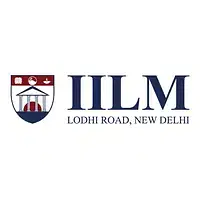

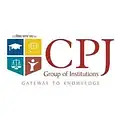




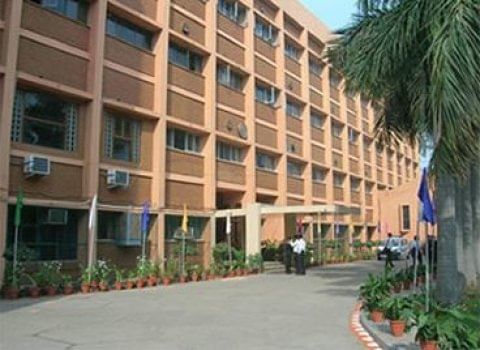

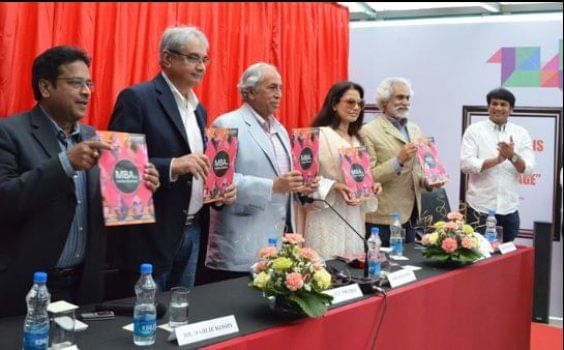

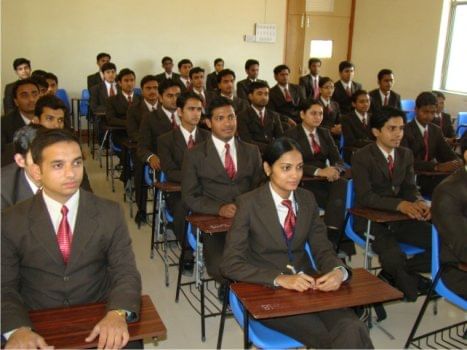


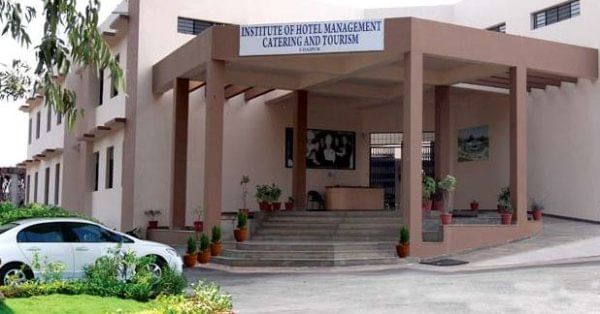



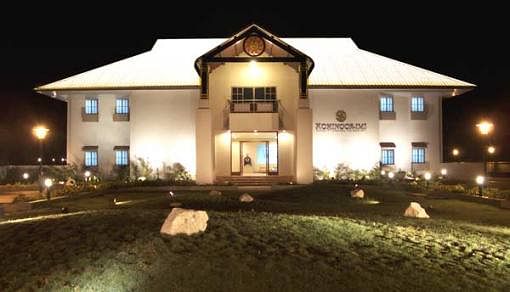


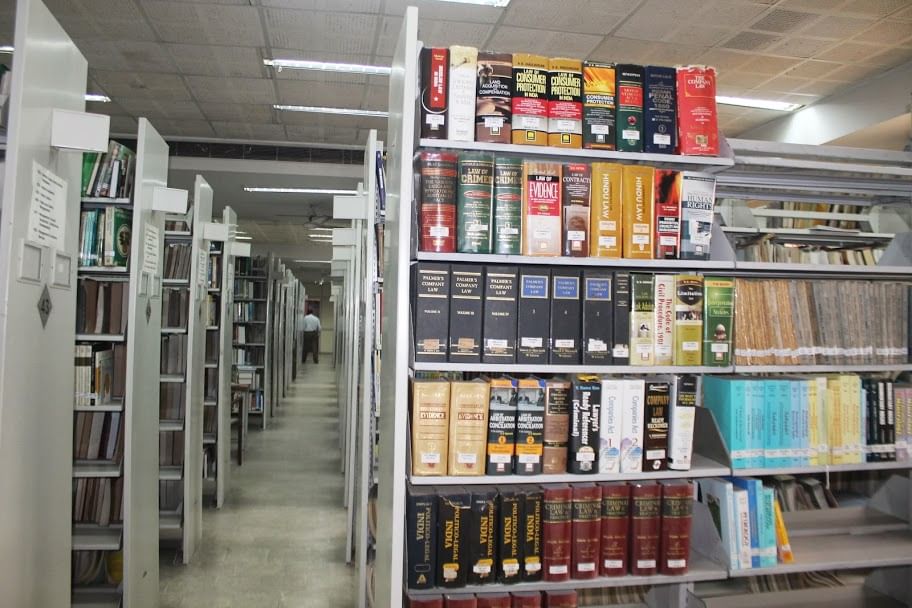
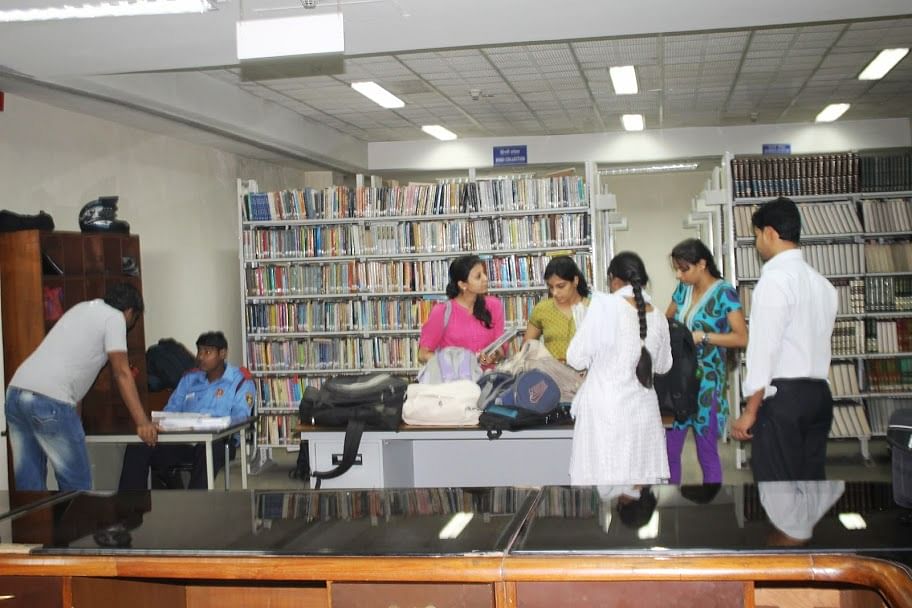
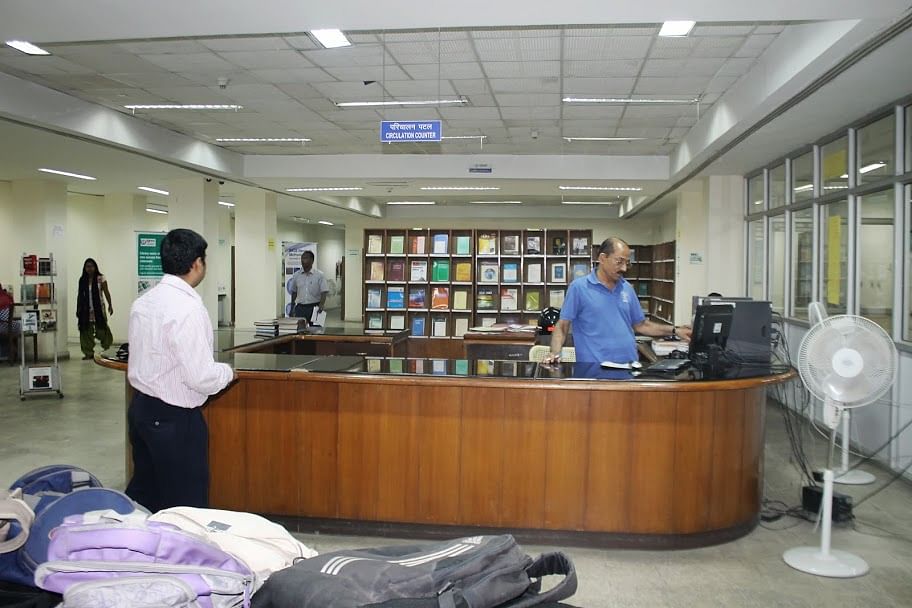
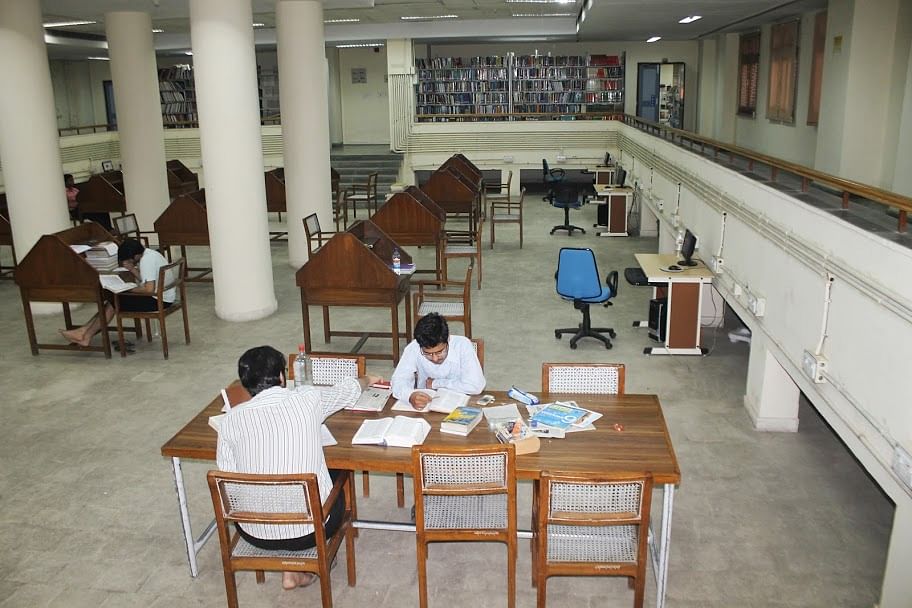
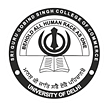


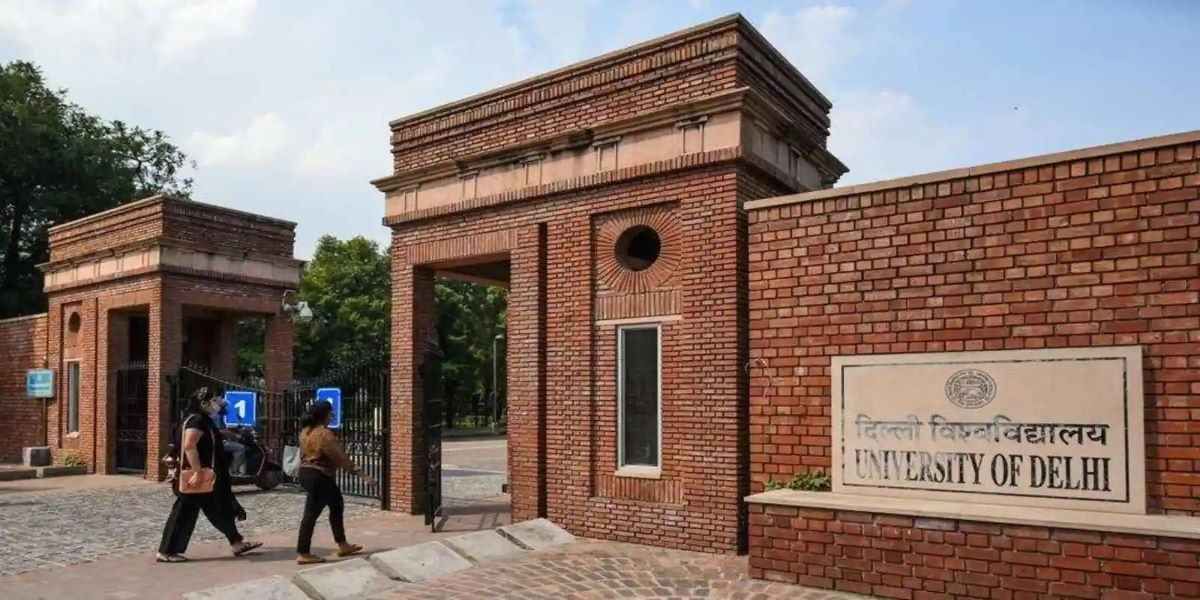





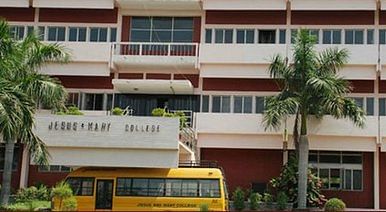
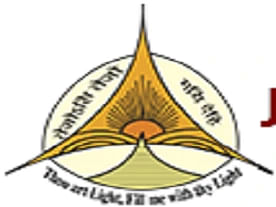
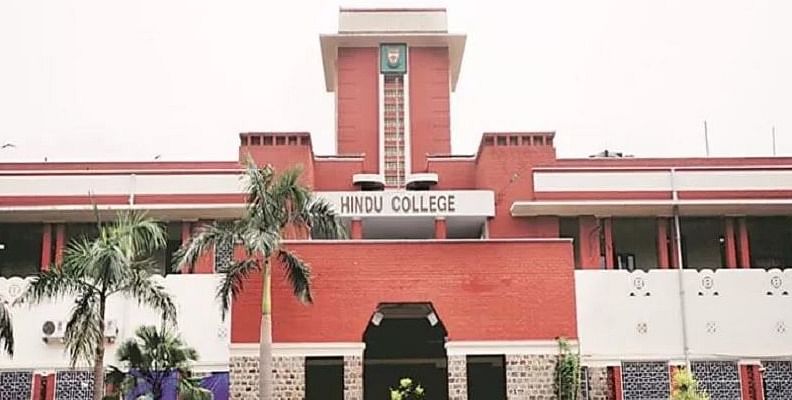

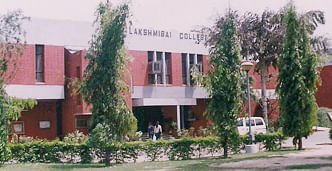

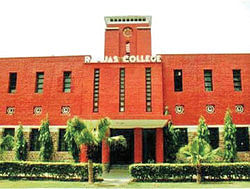

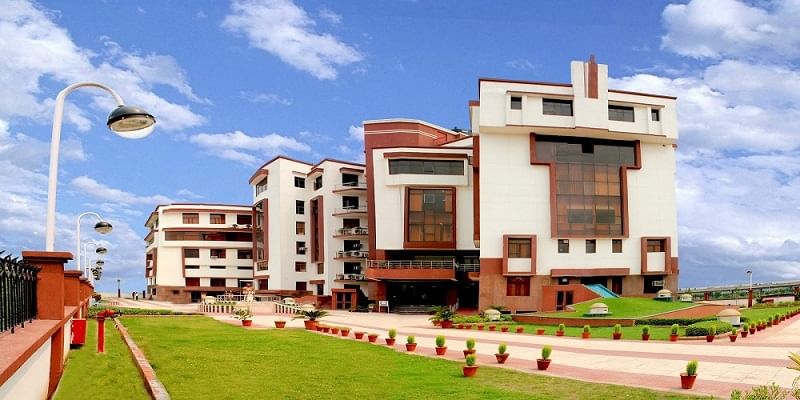
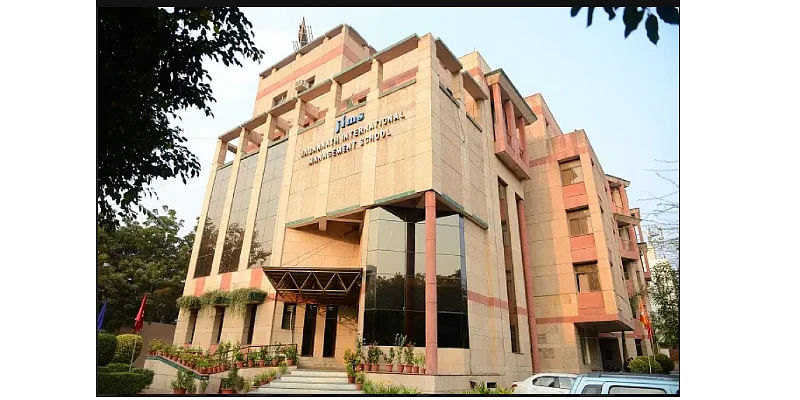




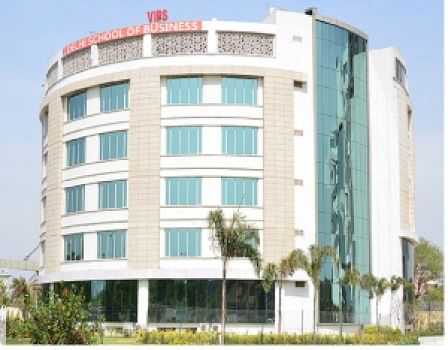

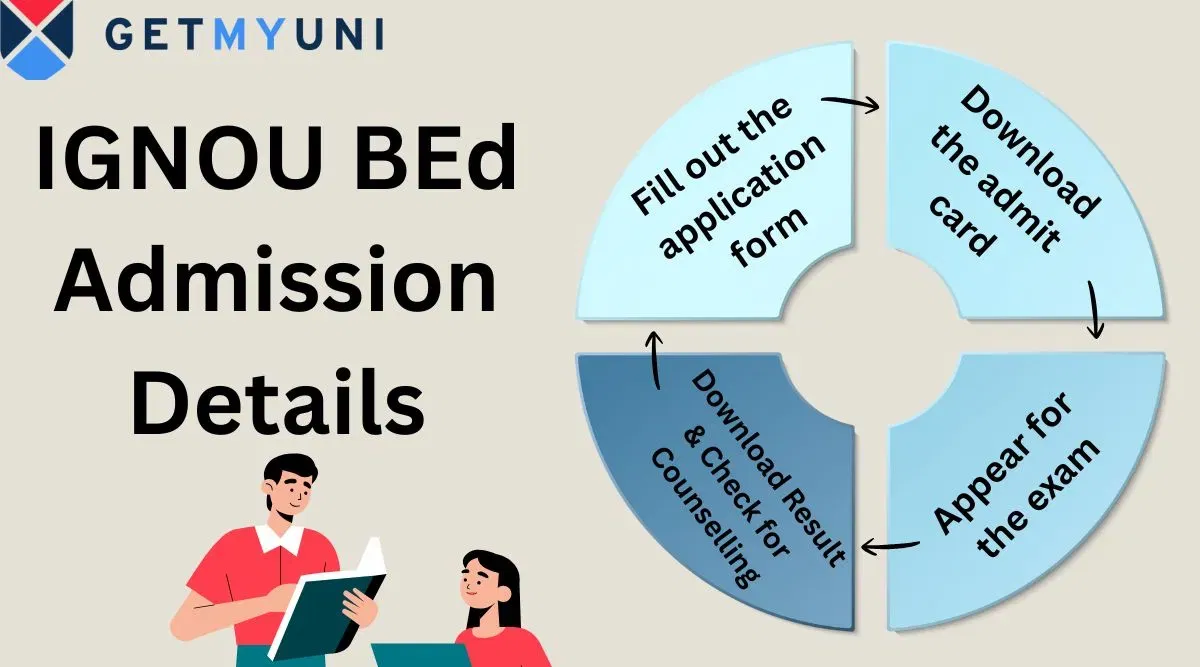
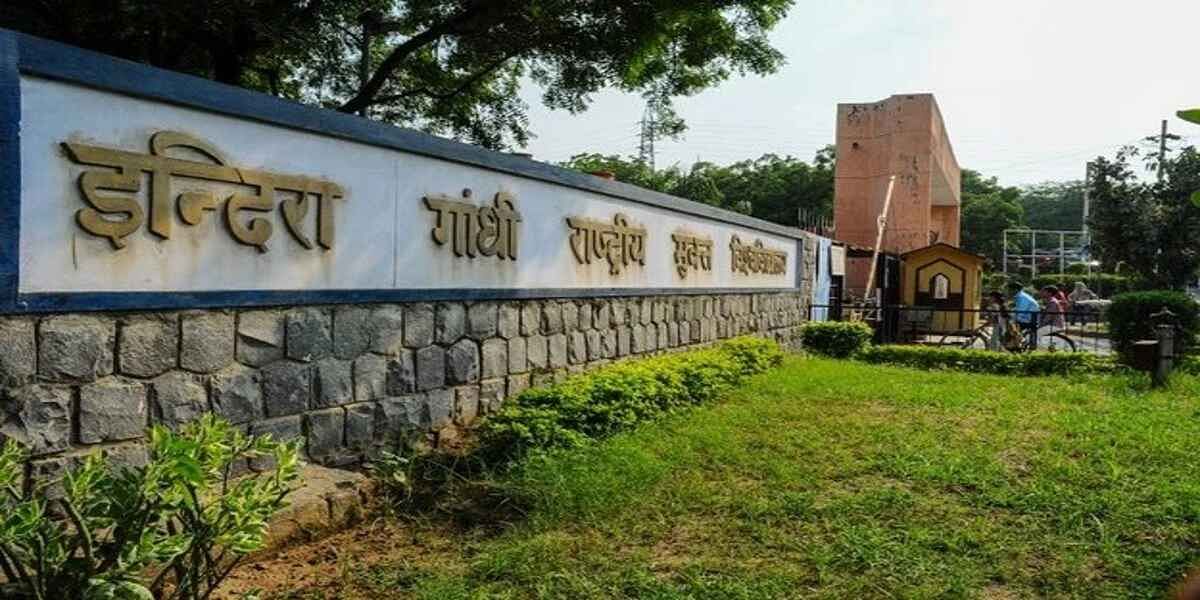
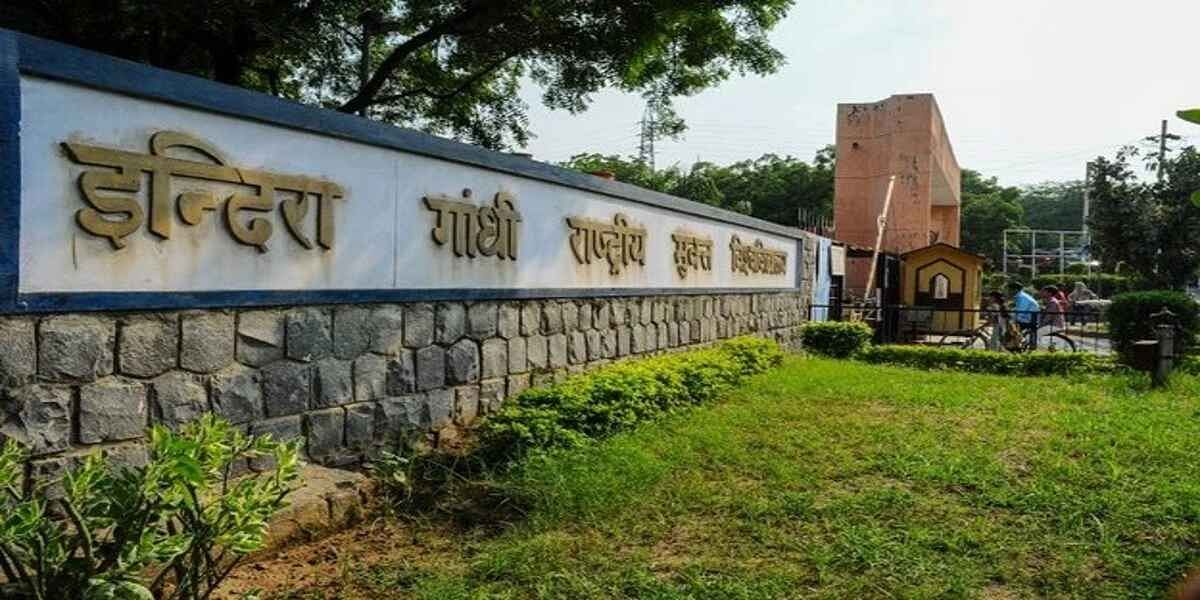

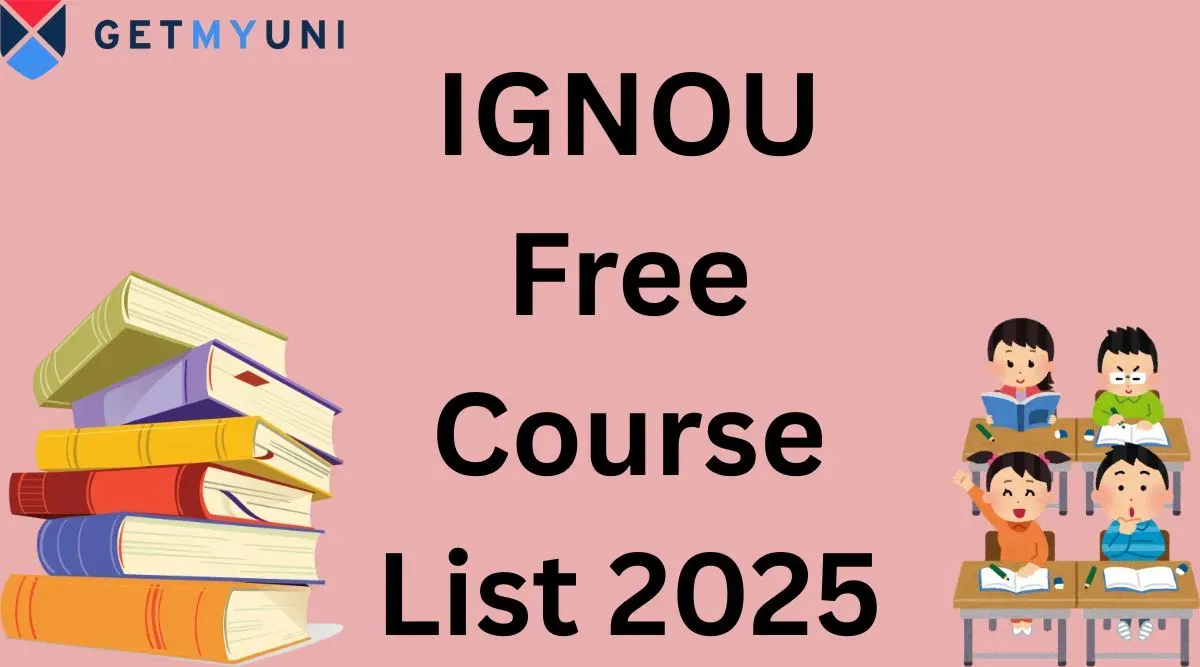
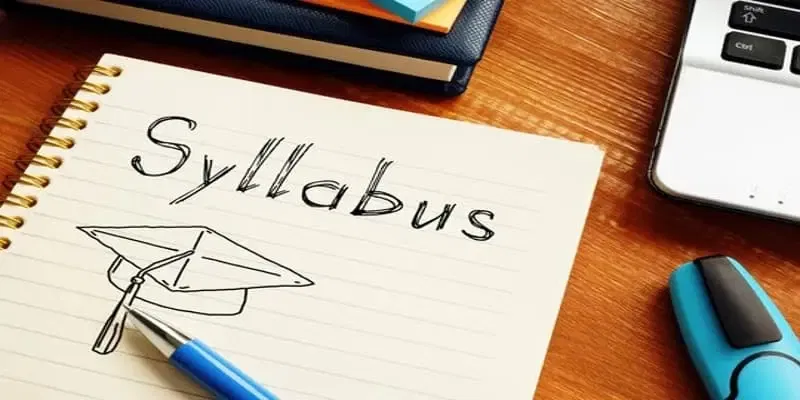

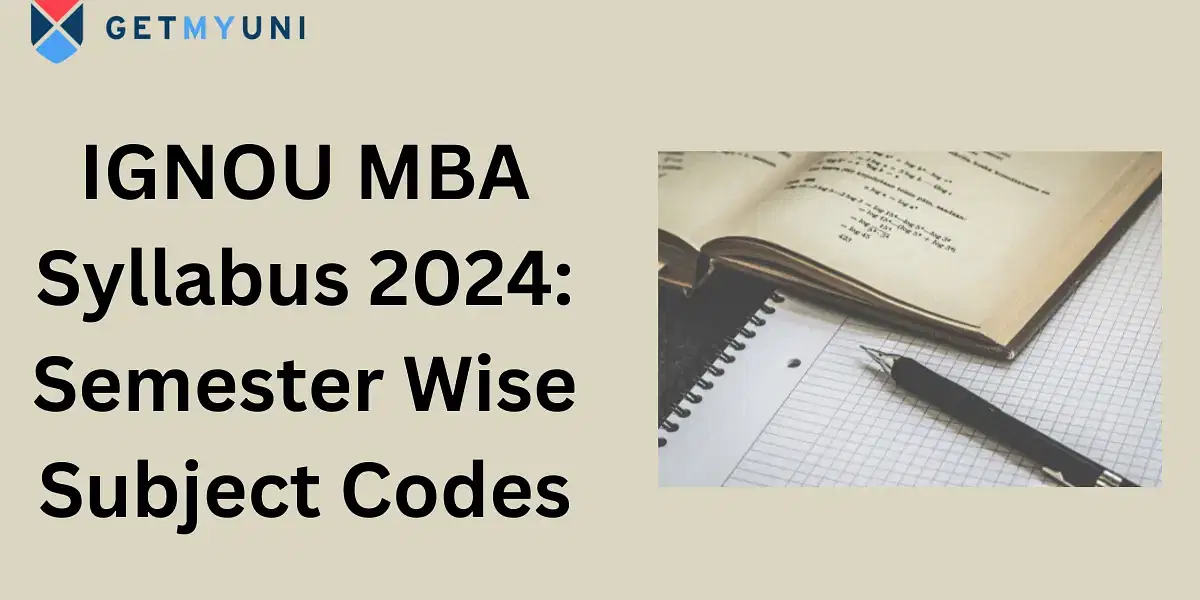
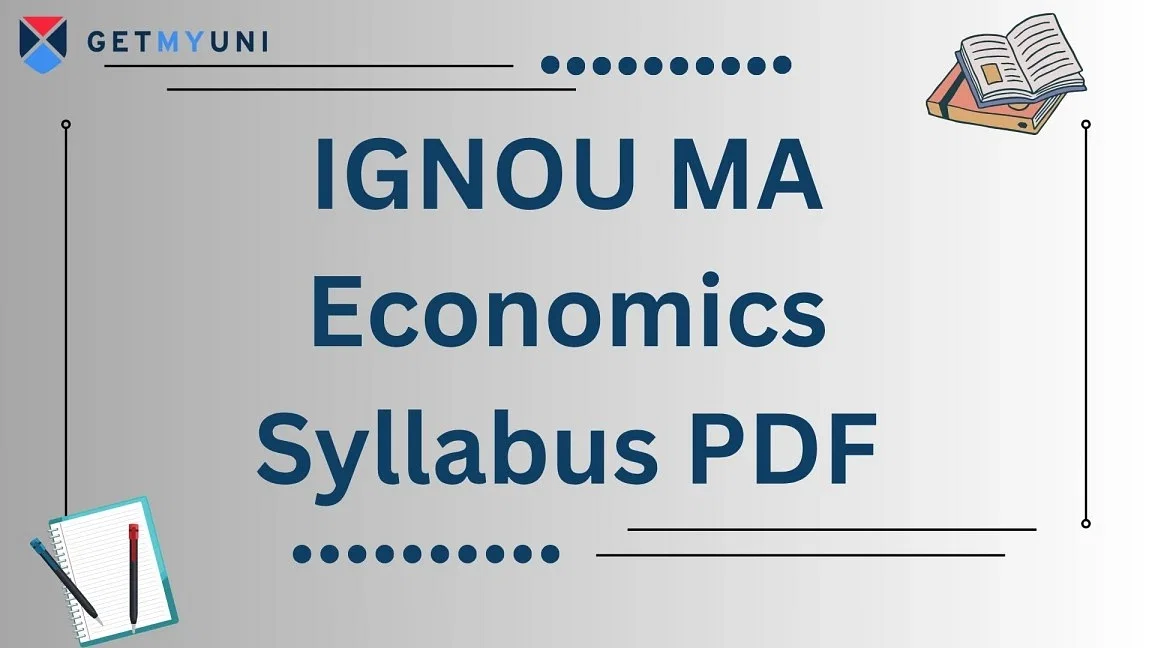
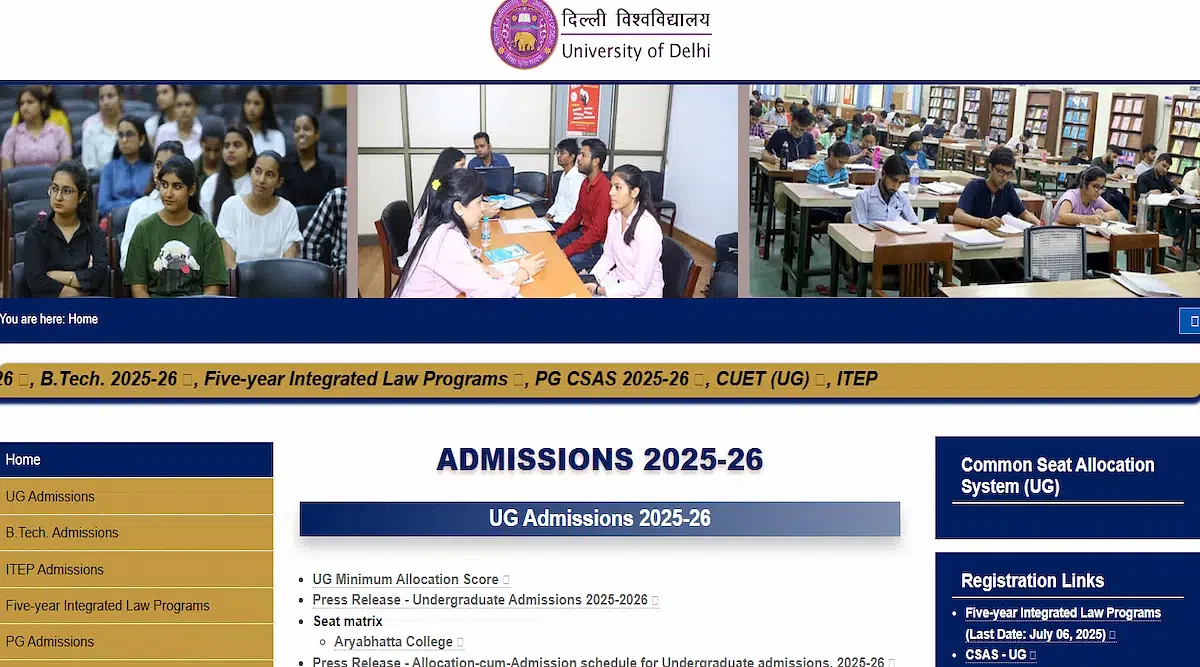



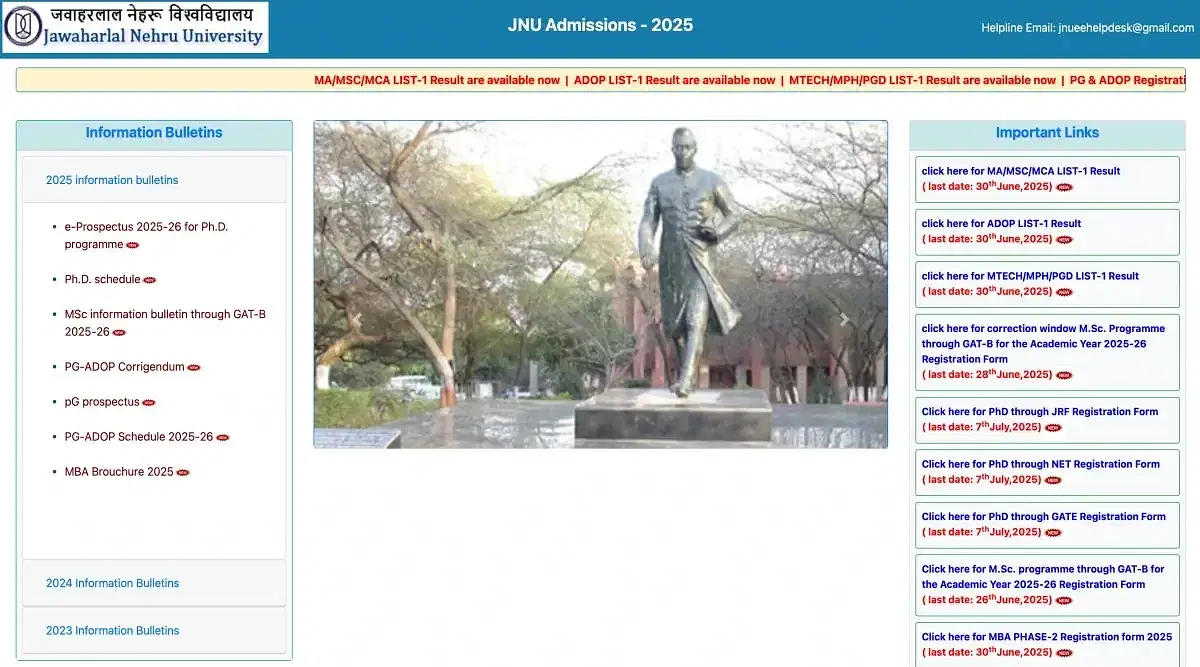







POST YOUR COMMENT